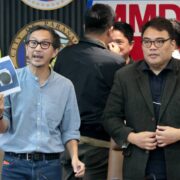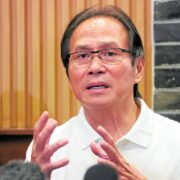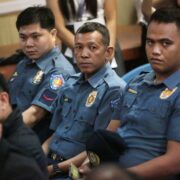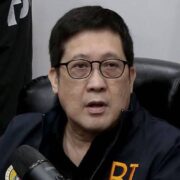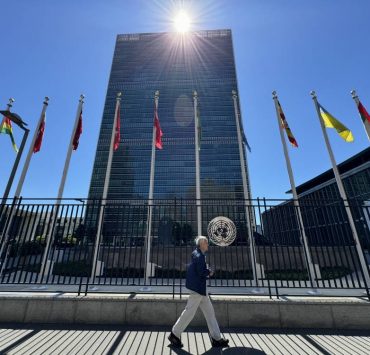The struggle for connection and other challenges in online distance learning
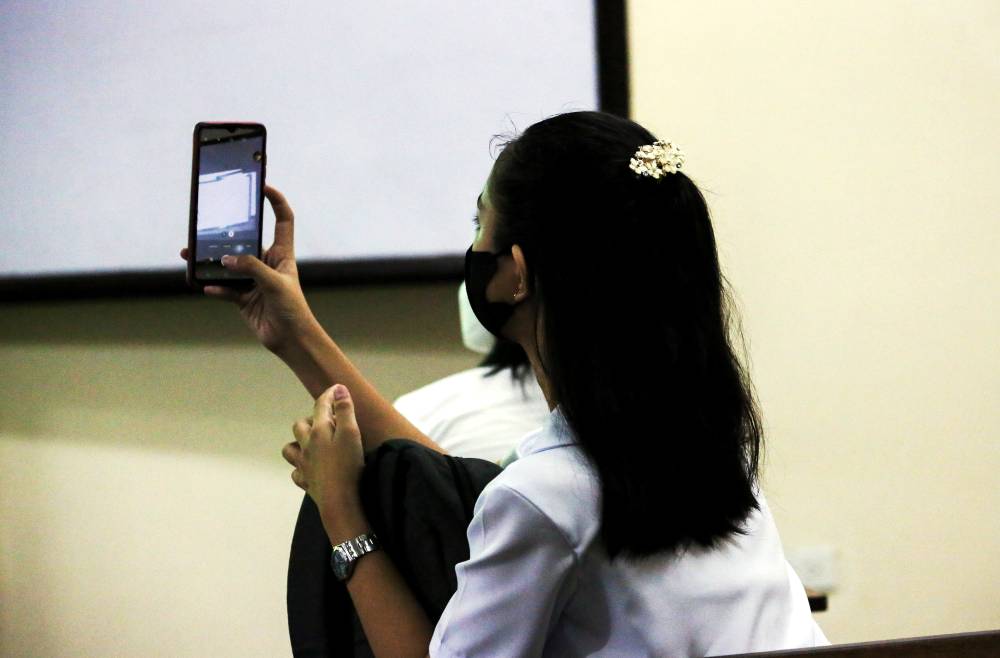
Blended learning has introduced a unique set of challenges for both teachers and students in public schools. The shift to online distance learning, initially adopted to continue education during the pandemic, has proven to be a complex adjustment for many. A significant issue encountered by teachers is the insufficient internet data available to students.
Many learners start a lesson only to run out of data midway, causing them to drop out of class. This struggle for connection is further compounded by poor signal quality, which students often claim as the reason for not participating in recitations, or for the choppy communication during online classes. These technical difficulties create a barrier to effective learning and meaningful interaction.
Moreover, the flexibility of online learning can sometimes work against student engagement. Some learners are tempted to skip classes, citing poor internet connectivity as an excuse, while others are distracted by the comfort of their homes. The home environment, filled with potential distractions, competes with the focus required for schoolwork. This situation is exacerbated by the temptation to manage other personal matters during school hours, leading to further disengagement from the learning process.
In many schools across the country, the struggle for online connection is even more pronounced. Numerous public schools were asked to offer senior high school programs despite lacking the necessary facilities. Without adequate classrooms and resources, these schools resorted to blended learning as a solution.
However, the lack of infrastructure makes it difficult to deliver quality education through this mode. Said one learner: “I feel like I’m not learning as much as those in schools that have full face-to-face classes. It’s frustrating because I want to do well, but it feels like I’m missing out on a lot.”
As a teacher, I can personally attest that this mode of learning is not effective and cannot be a substitute for face-to-face interaction. The in-person classroom experience is crucial for helping learners become engaged with and understand the material better. There is no replacement for the dynamic interactions and immediate feedback that occur in a physical classroom, where students are more focused and less prone to distractions.
The investment in classrooms and physical infrastructure is essential to ensure that education is effective, and that students can learn in an environment conducive to their academic and personal development.
This struggle for connection highlights the difficulties teachers face in maintaining student participation and engagement in a blended learning setup. The lack of direct supervision and the myriad distractions at home make it difficult for students to remain committed to their studies, posing a significant hurdle to the success of blended learning in public schools.
Teachers are tasked not only with delivering educational content, but also with finding innovative ways to keep students engaged and accountable in a learning environment that is far less structured than the traditional classroom. Investing in classroom infrastructure and returning to face-to-face learning is a step toward ensuring that students receive the best possible education.
While technology has its place, it should complement rather than replace the traditional classroom experience, which remains vital for student success.
Maria Teresa B. Macasinag,
Rizal National High School,
Baguio City






